When I first noticed my dog panting excessively in the car, I quickly learned how to calm a panting dog in the car can make a significant difference. Panting is a dog’s way of regulating temperature, but it can also signal stress. Surprisingly, nearly 30% of dogs experience anxiety during car rides. Check out the steps for how to install a dog car seat for safer travel with your furry friend.
To help my pup, I started using strategies like ensuring a comfortable temperature and providing regular breaks. Keeping my dog hydrated is essential, as mild dehydration can lead to increased panting. Understanding these factors helped me create a positive car experience for both of us!
Navigation Menu
Quick Look
To calm a panting dog in the car, ensure a comfortable temperature by using air conditioning or opening windows. Provide familiar items like blankets and toys for security, and take regular breaks for bathroom and exercise. Gradually acclimate your dog to car rides with short trips and positive reinforcement.
Are there particular breeds that are more prone to panting or anxiety during car rides?
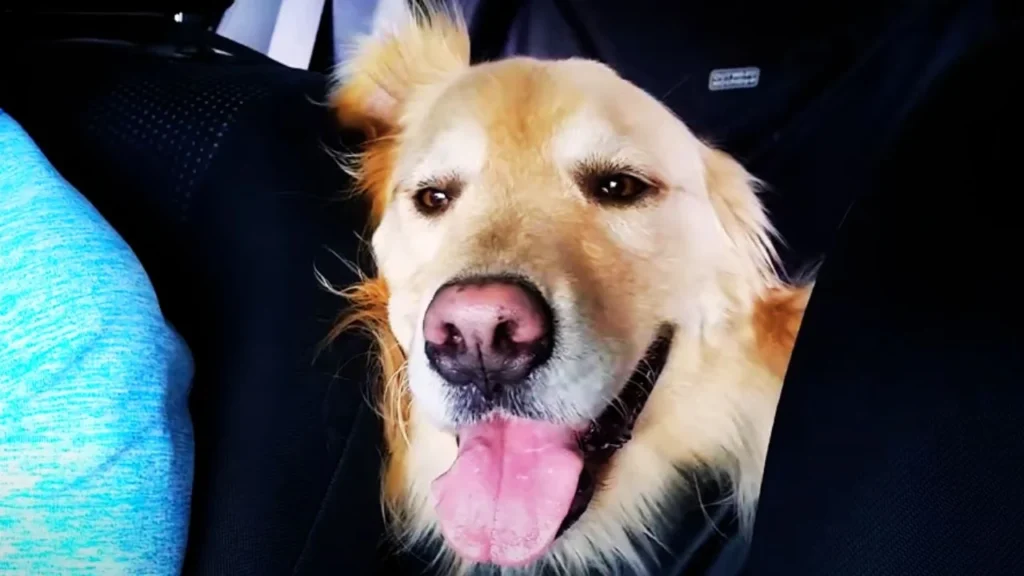
Yes, certain dog breeds are more prone to panting or anxiety during car rides. Breeds such as Dachshunds, Greyhounds, and Bichon Frises often experience higher anxiety levels due to their sensitive nature.
Additionally, high-energy breeds like Border Collies and Labrador Retrievers may become restless in confined spaces, leading to excessive panting. Small breeds can also be more vulnerable to anxiety because they may feel overwhelmed by their surroundings.
Understanding your dog’s breed tendencies can help you implement effective strategies to reduce anxiety and make car travel more comfortable for them. Explore tips on how to keep a car cool for dogs to ensure your pet stays comfortable during hot weather.
Common Causes of Panting in the Car
Identifying the reasons behind our dogs’ panting in the car is key to helping them feel more at ease. Various factors contribute to this behavior, and knowing them can improve our journeys together.
Heat and Overheating
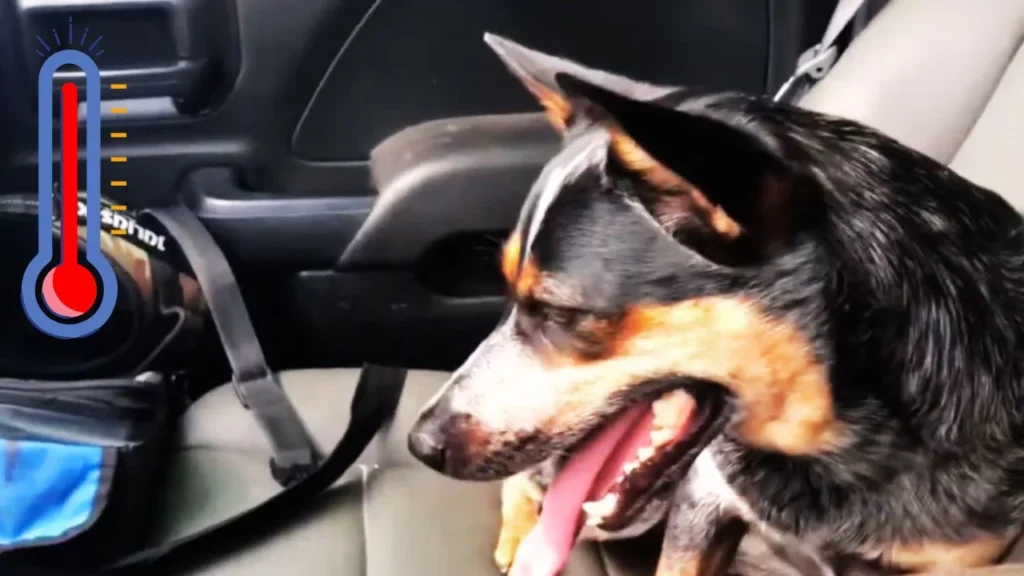
I’ve noticed that panting in dogs can be attributed to several common causes. One of the most significant reasons is heat; dogs can’t sweat like we do, and they rely on panting to regulate their body temperature. When the car temperature rises above 70°F, it can lead to excessive panting and potential heat exhaustion.
Anxiety and Stress
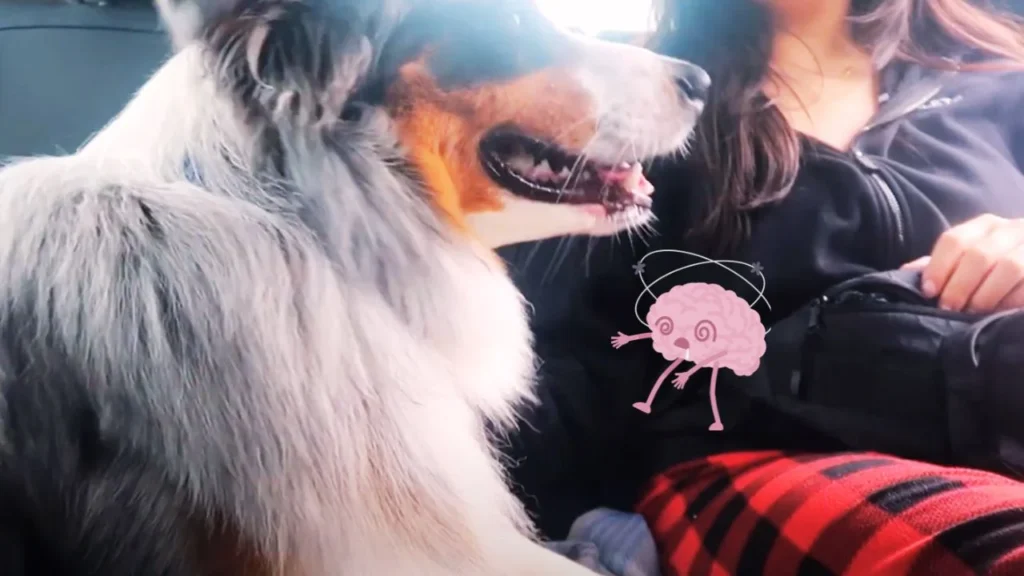
Another major factor is anxiety or stress. Dogs can feel anxious due to unfamiliar environments or the sensation of moving fast. In fact, studies show that nearly 30% of dogs experience anxiety during car rides, leading to panting as a response to their discomfort.
Excitement

Excitement is also a culprit! Sometimes, my dog pants simply because he’s thrilled about the journey ahead. Whether it’s a trip to the park or a visit to the vet, heightened emotions can trigger panting, especially if he anticipates fun or adventure.
Medical Conditions
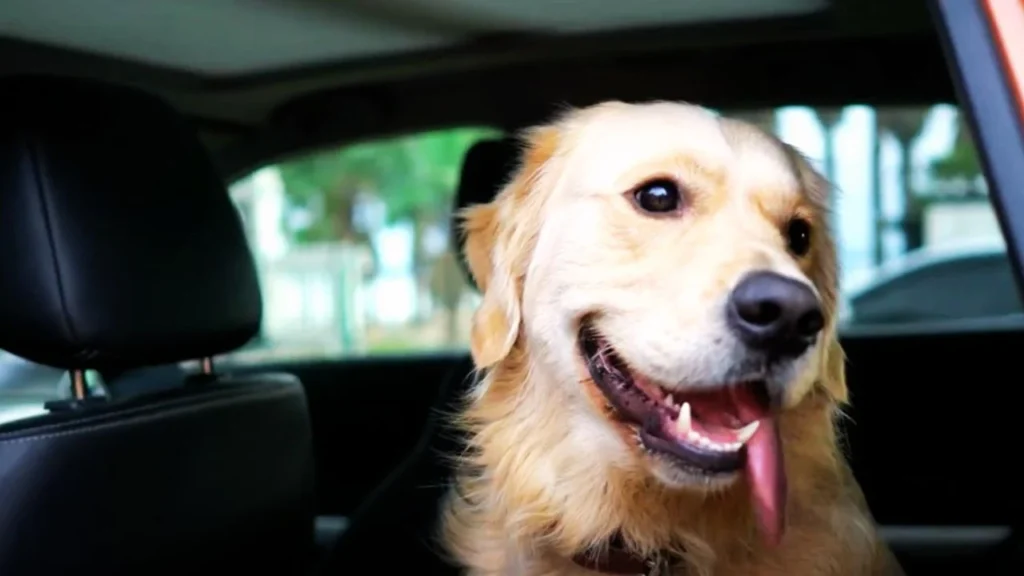
Additionally, underlying medical conditions can contribute to panting. Heart problems, respiratory issues, or pain can cause dogs to breathe heavily. It’s essential to monitor your dog for any unusual signs, as up to 10% of dogs may have undiagnosed health issues that manifest as increased panting.
Negative Past Experiences
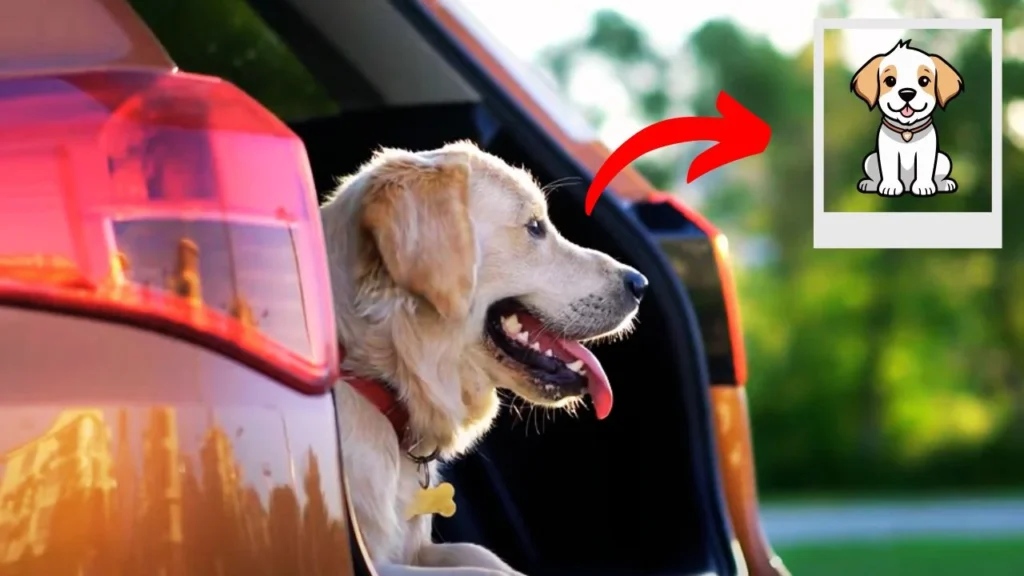
Finally, if a dog has had negative experiences in the car, it can lead to a pattern of anxious behavior. Research indicates that about 20% of dogs develop car-related fears due to past trauma. Understanding these causes is crucial for addressing panting effectively during our travels together. Discover effective methods on how to get dog hair out of car for a clean interior.
Tips to Calm a Panting Dog in the Car
In this section, I’ll explore some practical strategies to help calm a panting dog in the car. With these tips, you can ensure a more relaxed and enjoyable journey for both you and your beloved pet.
Maintaining a Comfortable Temperature
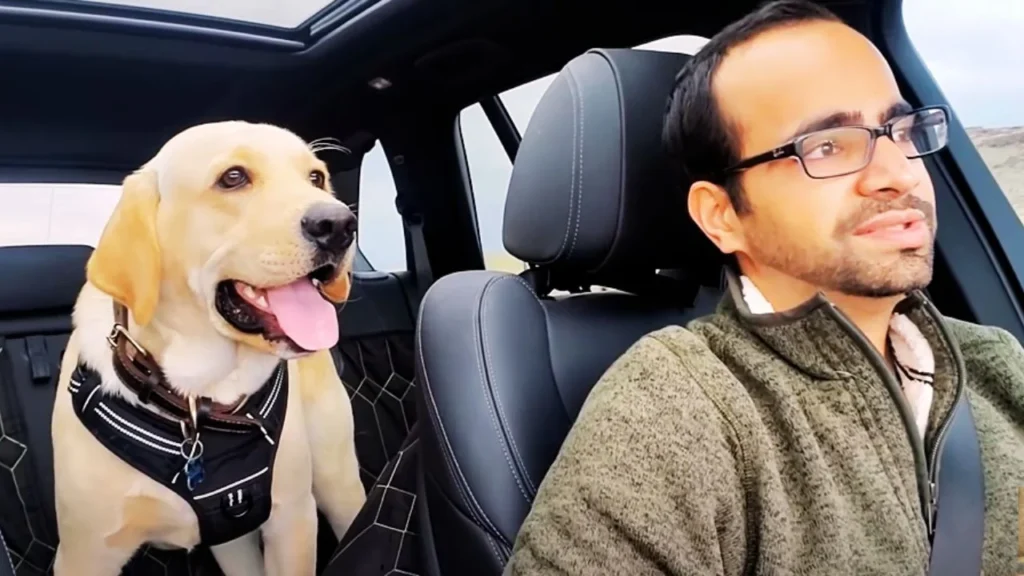
When I travel with my dog, I’ve found that keeping the car at a comfortable temperature is crucial. Did you know that the temperature inside a parked car can rise by 20 degrees in just 10 minutes? I always make sure to use air conditioning or crack the windows to ensure my dog stays cool and comfortable.
Ensuring Hydration
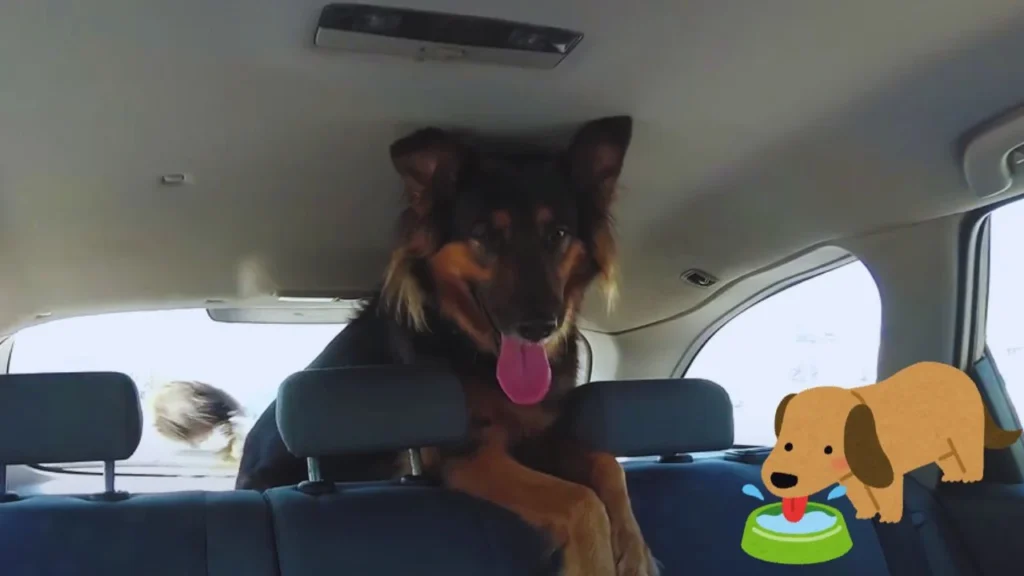
Hydration is another important factor. I always bring along fresh water for my dog, especially on longer trips. It’s recommended to offer water every hour or so to keep them hydrated and prevent overheating.
Gradual Acclimatization
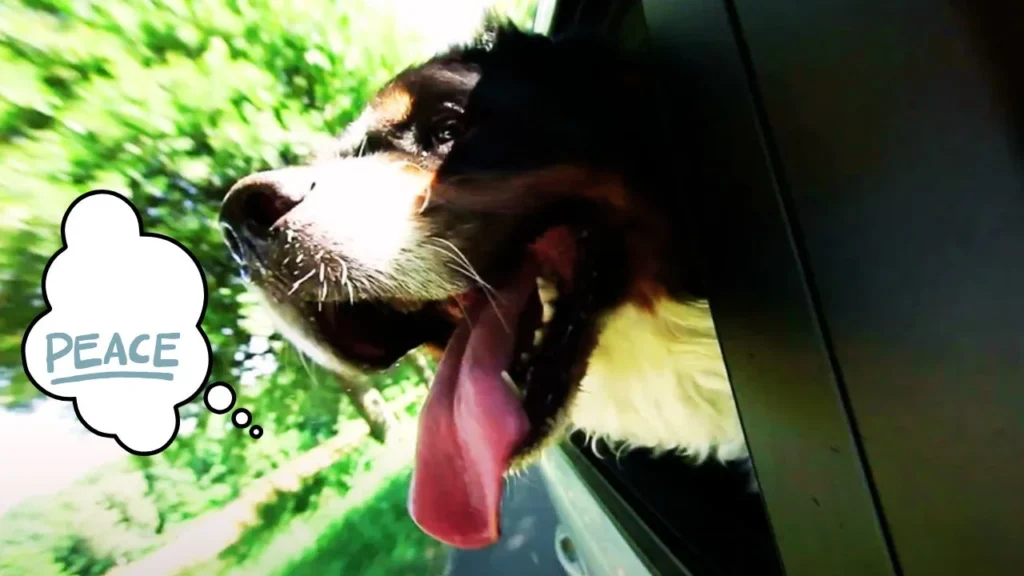
To help my dog feel more at ease, I gradually acclimate him to car rides. Starting with short trips and rewarding calm behavior with treats has worked wonders. I find that using positive reinforcement creates a much more enjoyable experience for both of us.
Creating a Comfortable Spot
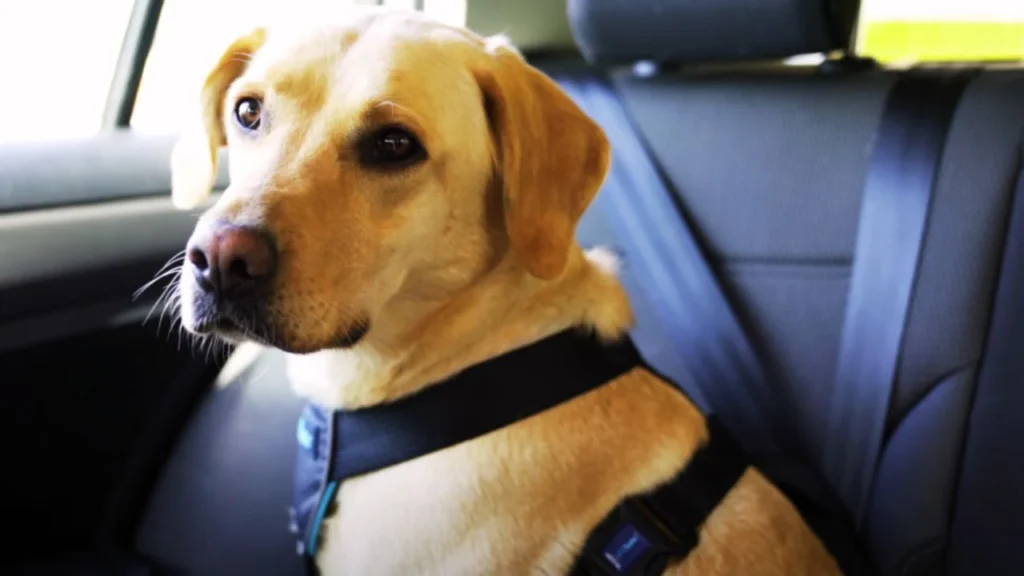
I also ensure my dog has a comfortable spot in the car. A well-fitted harness or a cozy crate can provide a sense of security. I like to add a familiar blanket or toy, as it helps him feel safe and reduces anxiety during our travels.
Exploring Calming Aids
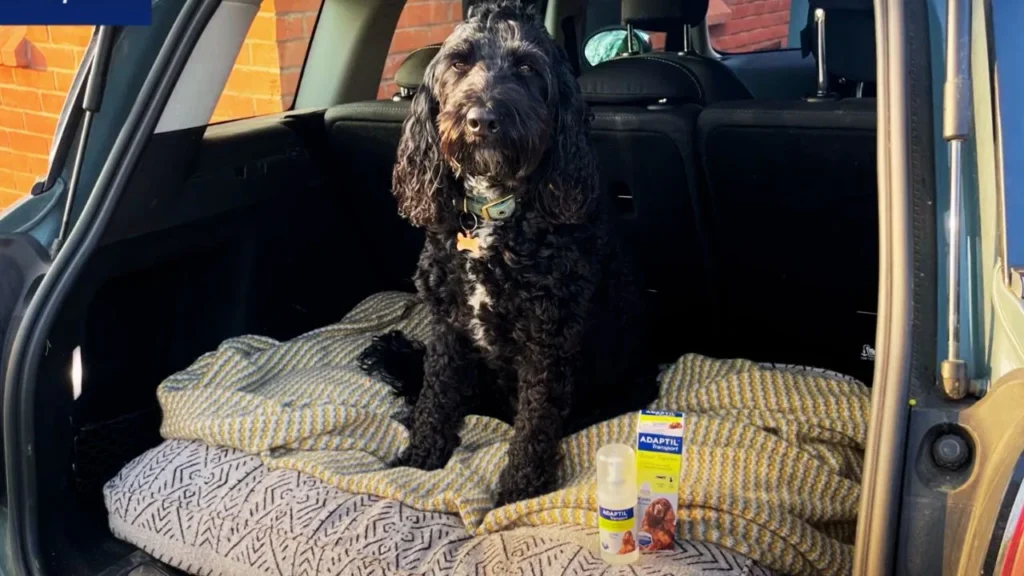
Calming aids can also be beneficial. I’ve considered using pheromone sprays or collars that mimic calming scents. According to studies, these aids can reduce anxiety in up to 85% of dogs, making them worth trying for our next car ride.
Taking Regular Breaks

Taking regular breaks during long trips is essential for my dog’s well-being. I plan to stop every couple of hours to let him stretch, relieve himself, and hydrate. This not only helps him physically but also gives us both a chance to enjoy the journey a little more.
Avoiding Pre-Trip Feeding
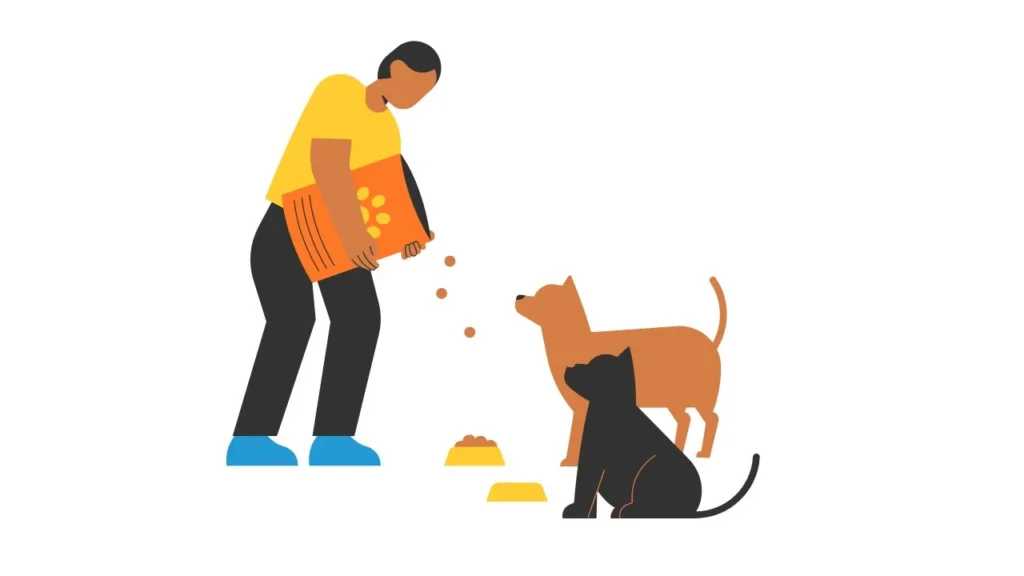
Lastly, I’ve learned that avoiding feeding my dog right before a trip can prevent motion sickness. I usually wait at least three hours after he eats before hitting the road. This simple adjustment has made a significant difference in our car rides. Find guidance on what to do if your dog got hit by a car and can’t afford vet care for potential solutions.
When to Consult a Veterinarian
Recognizing when to seek professional help for a panting dog is essential for their health and comfort. It’s important to be aware of signs that indicate the need for veterinary attention to ensure my furry friend stays happy and safe.
Persistent Panting

If I notice my dog is persistently panting, even after trying calming techniques, it’s a sign to see a vet. About 20% of dogs experience anxiety during car rides, so it’s essential to rule out any underlying health issues. A veterinarian can help determine if there’s a medical condition causing the panting.
Accompanying Symptoms

Accompanying symptoms like vomiting or lethargy should also raise a red flag. Studies show that about 10% of dogs can suffer from motion sickness, leading to further discomfort. In such cases, seeking professional advice is crucial for your dog’s well-being.
Taking Precautions
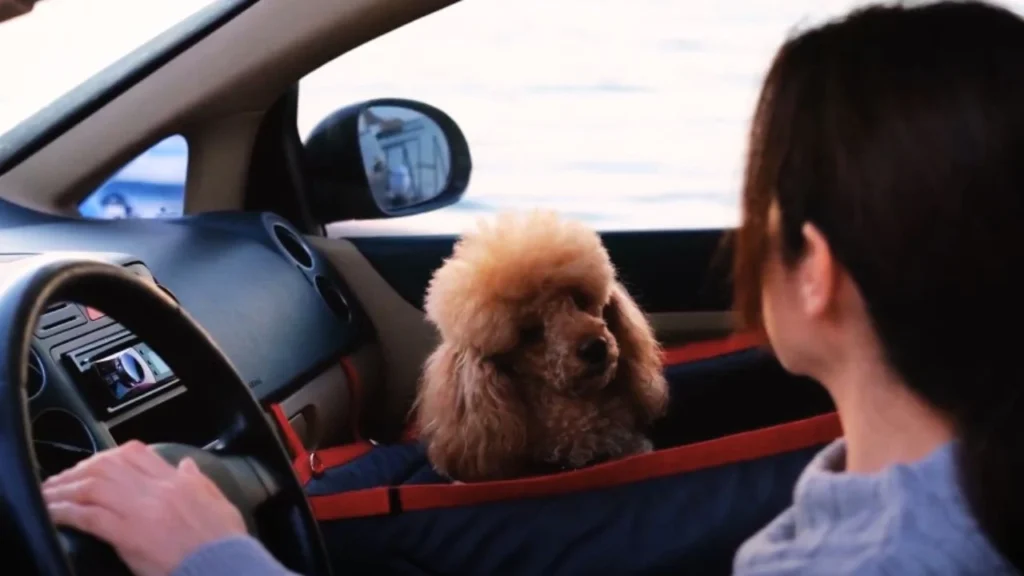
Remember, it’s always better to be cautious when it comes to our furry friends. I’ve learned that keeping a close eye on my dog’s behavior can make a significant difference. A quick visit to the vet can provide peace of mind and ensure my dog stays healthy and happy during car rides.
Preventive Measures for Future Car Rides
Taking preventive measures can make a world of difference when it comes to calming a panting dog in the car. By implementing a few simple strategies, I ensure that my dog feels comfortable and secure during our journeys. Here are ten effective tips that have worked wonders for me.
- Ensure your dog gets at least 30 minutes of exercise before travel.
- Take your dog on short, positive car rides to build familiarity.
- Keep the car’s interior temperature between 68°F and 72°F for comfort.
- Use a comfortable harness or crate to secure your dog during the ride.
- Avoid feeding your dog a large meal 2-3 hours before traveling.
- Bring along familiar items, like a favorite blanket or toy.
- Offer water during breaks, especially on long trips.
- Use calming aids, such as pheromone sprays or collars.
- Plan for regular stops every 1-2 hours to allow your dog to stretch.
- Be mindful of your dog’s behavior; if they show signs of stress, take a break.
Final Words
Calming a panting dog in the car can be a challenge, but it’s essential for a stress-free journey. By understanding the causes and using the right techniques, I found that my dog’s anxiety decreased significantly during our trips.
Remember, knowing how to calm a panting dog in the car is crucial for keeping our furry friends comfortable and happy on the road. With a bit of patience, we can make car rides enjoyable for everyone!
FAQs
How can calming music or specific sounds help soothe a panting dog in the car?
Calming music or soothing sounds can significantly reduce a dog’s anxiety during car rides. Soft classical music or nature sounds create a peaceful atmosphere, masking outside noise. This auditory distraction promotes relaxation, helping to calm panting and making the travel experience more enjoyable for both the dog and the owner.
How can I recognize if my dog’s panting is related to a medical issue rather than anxiety?
To identify if panting is medical rather than anxiety-related, watch for additional symptoms like excessive drooling, lethargy, vomiting, or difficulty breathing. If panting occurs at rest or seems excessive, it may indicate pain or distress. Consulting a veterinarian is essential for an accurate diagnosis and treatment.
What types of treats or toys can help distract a panting dog during travel?
Interactive toys like puzzle feeders can keep a panting dog engaged, while durable chew toys provide comfort and distraction. High-value treats, such as freeze-dried meat or peanut butter-filled toys, effectively capture attention and alleviate anxiety. These options can create a more enjoyable travel experience for your dog. Learn what can I give my dog for car sickness to help ease their discomfort during trips.

